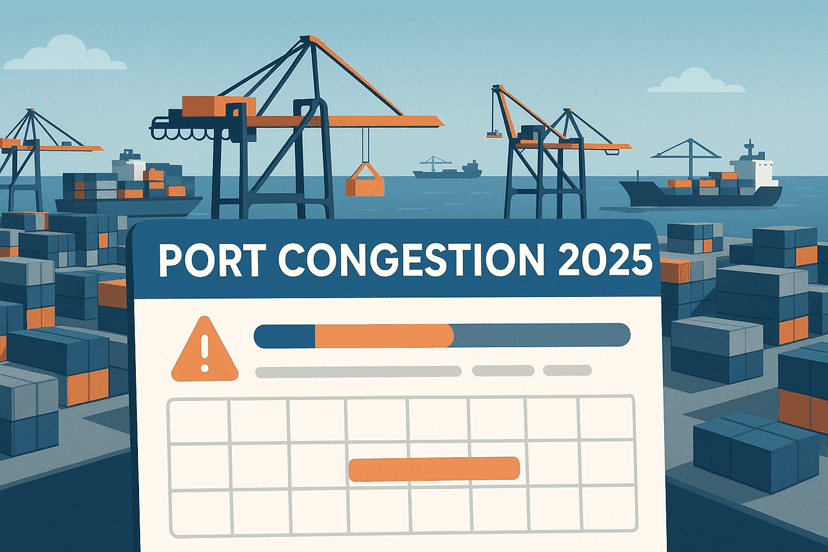Mix these codes and customs will stop your box. Use this cheat-sheet to keep freight moving.
1 · Why These Codes Exist
- ISPS (International Ship & Port Facility Security Code)
- Mandatory security declaration for vessels and port facilities
- Issued by Registered Country (replaces flag state)
- Validates ship compliance with global security levels
- Penalties for missing ISPS: vessel holds, port denial
- ENS (Entry Summary Declaration)
- Mandatory customs pre-arrival cargo declaration for European ports
- Filed via EU Customs ICS2 system at least 24 hours before loading
- Used for risk assessment and cargo clearance
- Penalties for missing ENS: fines up to €50,000 and container off-loading
- EORI (Economic Operators Registration and Identification)
- Mandatory for customs clearance in European Territory
- Identifies importers/exporters in EU customs system
- Required to lodge ENS declarations and complete clearance
2 · Timeline: When Each Code Is Filed
- ENS must be lodged in the EU’s ICS2 platform at least 24 hours before the vessel loads at origin (or 2 hours for short-sea shipping).
- ISPS Statement is updated by the vessel’s captain at each port call and submitted to the next port authority 24 to 96 hours before arrival.
3 · 10-Point Compliance Checklist
- Confirm EU port of first entry
- Gather HS code, shipper & consignee EORI numbers, package counts, and weights
- Lodge ENS via carrier portal or service provider
- Receive Movement Reference Number (MRN) confirmation
- Add MRN to export Bill of Lading
- Obtain vessel’s latest ISPS Statement from ship’s Master or agent
- Verify International Ship Security Certificate (ISSC) expiry date
- Share ISPS copy with import broker if requested
- Keep ENS and ISPS codes filed with booking documentation for audits
- Re-lodge ENS if vessel routing or schedule changes prior to loading
4 · How OS Planning Speeds It Up (Auto-Fill)
- ENS Auto-Fill: Enter EU port and HS code once; shipper and consignee data auto-populate from your saved addresses.
- ISPS Lookup: Select your vessel; OS pulls latest ISPS statement and ISSC expiry from carrier feeds automatically.
5 · Common Errors to Avoid
| Mistake | Consequence |
|---|---|
| Re-using an old MRN after vessel change | ENS invalidated; container off-loaded |
| Mixing ISPS with ISSC numbers | Security document rejection by import desk |
| Filing ENS after vessel has sailed | Fines (€1,000 to €50,000) plus cargo dwell time penalties |
| Omitting net registered tonnage (NRT) or gross tonnage on ISPS | Port security requests resubmission; berth delays |
6 · FAQ
- Do I need ENS for the UK post-Brexit? No. The UK uses the Submit & Secure (S&S GB) system separately from the EU ENS.
- Is ISPS required for domestic coastal shipping in India? Domestic vessels carry ISSC certificates, but Indian ports rarely require ISPS copies from exporters.
- Does OS Planning file ENS for me? Currently, OS auto-fills relevant data; your carrier submits the official declaration. One-click digital filing is planned for 2025.
Clear Compliance Hurdles—Free for 7 Days
Stop hunting for codes. Book, auto-fill, and store every security reference in one workspace.
Start your OS Planning trial →


